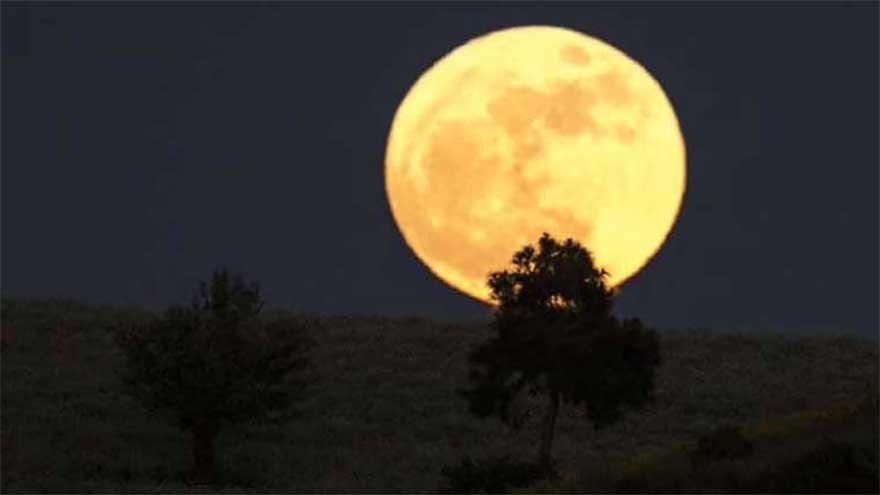In recent weeks, the picturesque hill station of Murree, located in the northern region of Pakistan, has been gripped by fear as a series of leopard attacks on villagers has left the community on edge. The once serene and tranquil area, known for its natural beauty and popular tourist destinations, is now witnessing an escalating crisis as leopard sightings and attacks grow more frequent. These incidents have caused widespread distress among the residents, who are concerned for their safety and the well-being of their livestock.
Murree, a popular retreat for both locals and tourists alike, is known for its lush green landscapes and abundant wildlife. However, the growing interaction between humans and wildlife has raised alarm bells in recent times. The leopards, which are native to the mountainous regions of the area, are increasingly venturing into human settlements in search of food. This alarming trend has resulted in a series of deadly attacks on livestock and, more recently, on humans.
The Rising Threat of Leopard Attacks
Over the past few months, residents of several villages in the Murree area have reported increasing instances of leopards attacking domestic animals such as goats, sheep, and cows. These attacks, while tragic for the villagers who rely on their animals for livelihood, seemed to be isolated incidents at first. However, things took a darker turn when leopards began attacking humans. In several cases, people have been seriously injured, with some even losing their lives to these unexpected and brutal attacks.
The attacks have created a palpable atmosphere of fear in the affected villages, as residents are no longer able to venture out after dark or even during the day without worrying about the looming threat of a leopard encounter. With children, the elderly, and women particularly vulnerable, daily life has been severely disrupted. Schools have seen reduced attendance, and many people have become too scared to tend to their fields or gather firewood, which were once routine activities.
The Root Causes of Increased Leopard Encounters
Experts believe that the surge in leopard attacks can be attributed to several factors. The primary reason is the encroachment of human settlements into the natural habitats of these wild animals. As urbanization continues to expand, forests and wildlife corridors that once served as natural havens for leopards are being cleared for development, reducing their access to food and forcing them to venture closer to human settlements.
Another contributing factor is the depletion of the leopard’s natural prey. With the rise in hunting and poaching of smaller animals such as deer and wild boar, leopards are increasingly forced to search for food in agricultural areas and villages, where they come into direct conflict with humans and their livestock. The scarcity of natural prey has led the leopards to become more desperate, increasing the frequency of attacks.
Additionally, the rapid deforestation in the region has led to habitat loss, causing animals to migrate in search of new areas to live. This migration, coupled with the seasonal search for food, has brought leopards and humans into closer proximity, making attacks more likely.
The Strain on the Community and Local Authorities
The recent leopard attacks have placed a tremendous strain on both the local community and the authorities in Murree. Villagers, who once lived in harmony with the surrounding wildlife, are now living in constant fear, unsure when or where the next attack might occur. The authorities, while acknowledging the seriousness of the situation, have been slow to respond to the escalating crisis. While some measures, such as the deployment of wildlife officials to track and relocate the leopards, have been undertaken, these efforts have so far proven insufficient.
Local law enforcement and forest officials are struggling to balance the protection of human life with the preservation of the leopard population, which is considered an endangered species in Pakistan. The fear is that, if the leopard attacks continue unabated, the authorities may have no choice but to take extreme measures, including culling or capturing the animals, which could have long-term consequences on the delicate ecosystem of the region.
Calls for Sustainable Solutions
In the face of this growing crisis, residents and wildlife experts alike are calling for more sustainable solutions to manage human-wildlife conflict in Murree. One key suggestion is to improve the management of the region’s forests and wildlife corridors, ensuring that leopards and other animals have sufficient space to roam without encroaching on human settlements. Additionally, there is a growing call for increased education and awareness programs aimed at both residents and tourists, teaching them how to coexist with wildlife and how to respond in the event of an encounter with a leopard.
Furthermore, wildlife experts recommend the installation of early warning systems, such as cameras and sensors, to track the movements of leopards and alert villagers to their presence before attacks occur. Enhanced cooperation between local communities, wildlife authorities, and environmental organizations is also essential to develop long-term strategies for reducing human-wildlife conflict and protecting both the people and the wildlife in the region.
Conclusion: A Call for Cooperation and Coexistence
The leopard attacks in Murree have highlighted the urgent need for better coexistence between humans and wildlife. While the fear and distress felt by the residents are valid, it is important to remember that these leopards are not attacking out of malice but rather due to the pressures of habitat loss and food scarcity. With increased awareness, stronger protective measures, and cooperative efforts from all stakeholders, it is possible to mitigate the risks and ensure a more harmonious coexistence between the people of Murree and the leopards that call this region home. Only by taking collective responsibility can we ensure a safer, more sustainable future for both the residents and the wildlife of Murree.
Topics #News #Pakistan #trending pakistan




